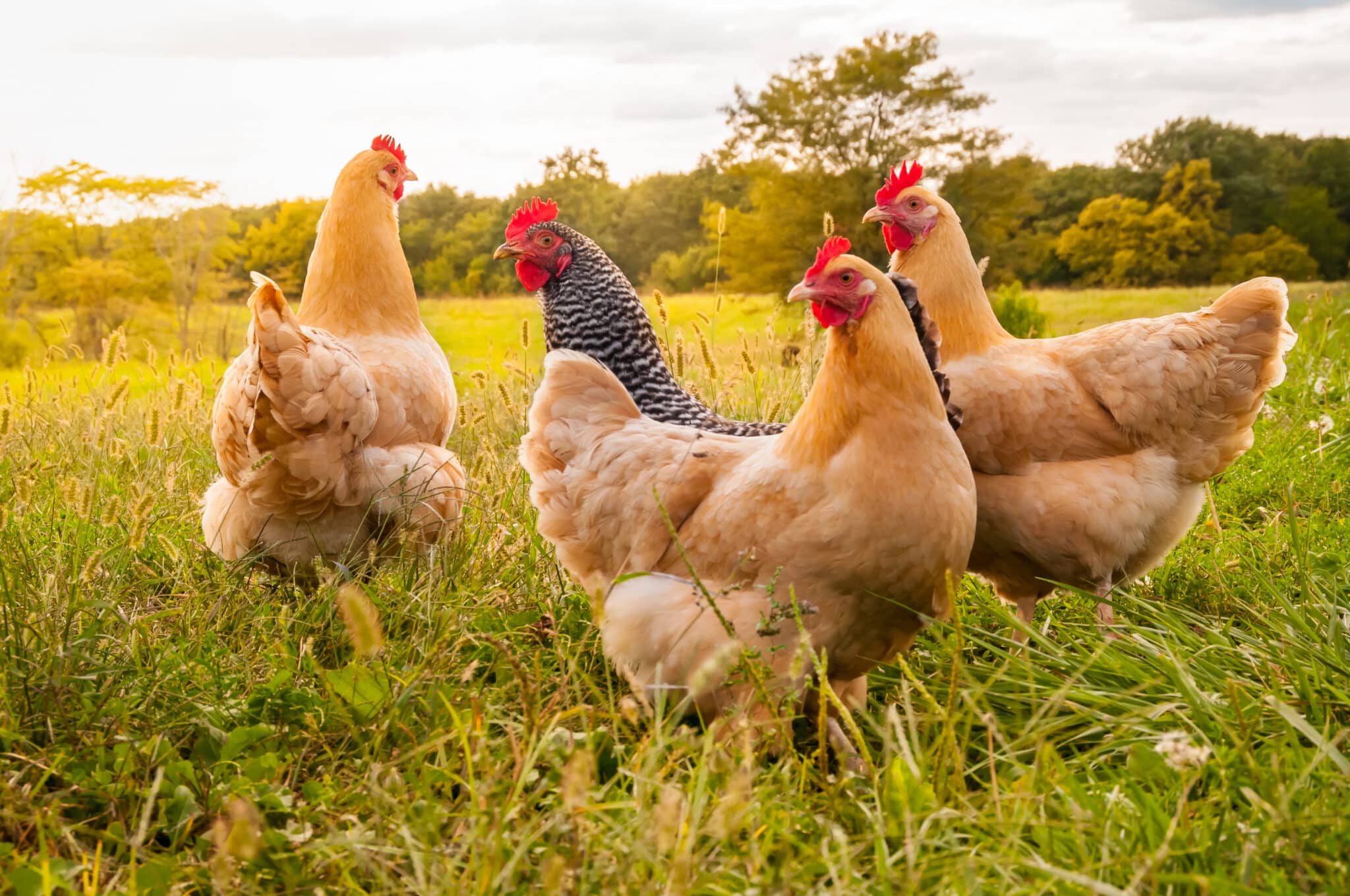Ongoing dry conditions are placing a strain on feed resources making feeding livestock a very expensive exercise. In particular, dam and progeny units present a significant feed cost, as lactation requires high amounts of energy to sustain.
However, there is a way to save on feed costs, maximise productivity and develop young livestock efficient in converting their feed to growth. Early weaning is the key driver.
On average, it takes approximately 40 per cent more feed to sustain a dam and progeny unit, than it does to feed them separately. Utilising early weaning allows for producers to reduce the amount fed to stock, as once progeny are weaned, it allows for dams to consume significantly less feed as they are no longer supporting lactation, as well as their own metabolic requirements. This allows producers to focus feed resources on the weaners, and accelerate growth.
For early weaning to be successful, progeny need to be a minimum weight – ideally at least 18 kilograms live weight for lambs, and at least 140-150 kilograms live weight for calves. At these weights, progeny are able to consume enough feed to produce decent growth rates.
Past this point, milk can actually inhibit the development of the rumen. Note, however, that early weaned animals must be given access to high quality feed that is balanced with both starch and protein levels for this to be successful.
Nutrition
Excelling rumen development in young animals via early weaning presents the producer with the opportunity for influencing growth rates, lifetime feed efficiency, stocking rate potential, and future reproductive efficiency in dams.
The more papillae (projections from the rumen wall that absorb nutrients) that develop, the greater the surface area that rumen exhibits, the more efficient that animal will be at converting feed to weight.
Feeding starch to young animals is key to stimulating the growth of papillae in high numbers. The picture below demonstrates the significant difference between young animals that are early weaned, and those that are not.
The image on the left exhibits a traditionally weaned animal (one with access to milk for a long period of time and general fibrous feeds) with little to no papillae development; and the image on the right exhibits an early weaned rumen that has had access to a starch based ration and has been removed from access to milk at a younger age – the development of this rumen is much more advanced, displaying greater potential for better feed conversion efficiency over its productive life.

Health
It is also very important to ensure that early weaning incorporates a comprehensive health program. Nutrition and health go hand in hand, and only a healthy animal can be a highly productive one.
At weaning, young stock must be given a booster five, six, or seven-in-one, clostridial vaccination, a vitamin B12 vaccination (assists with energy conversion), a vitamin ADE injection (provides defence against eye and respiratory complications), and a drench. This ensures that the animal has no challenge on their immunity and health, leading to improved efficiency and optimum growth rates.
In a dry season like the one most of our rural sector is currently facing, any feed savings and increases in production will benefit and early weaning certainly provides an opportunity for this. When managed correctly with the right nutrition, health, and system, early weaning can deliver both economic and production benefits that far outweigh ‘traditional’ weaning.
Just think what lifetime feed efficiency, higher and consistent weaner growth rates, the potential to increase stocking rates, and greater reproductive efficiency in dams would mean for your enterprise’s profit and productivity?





